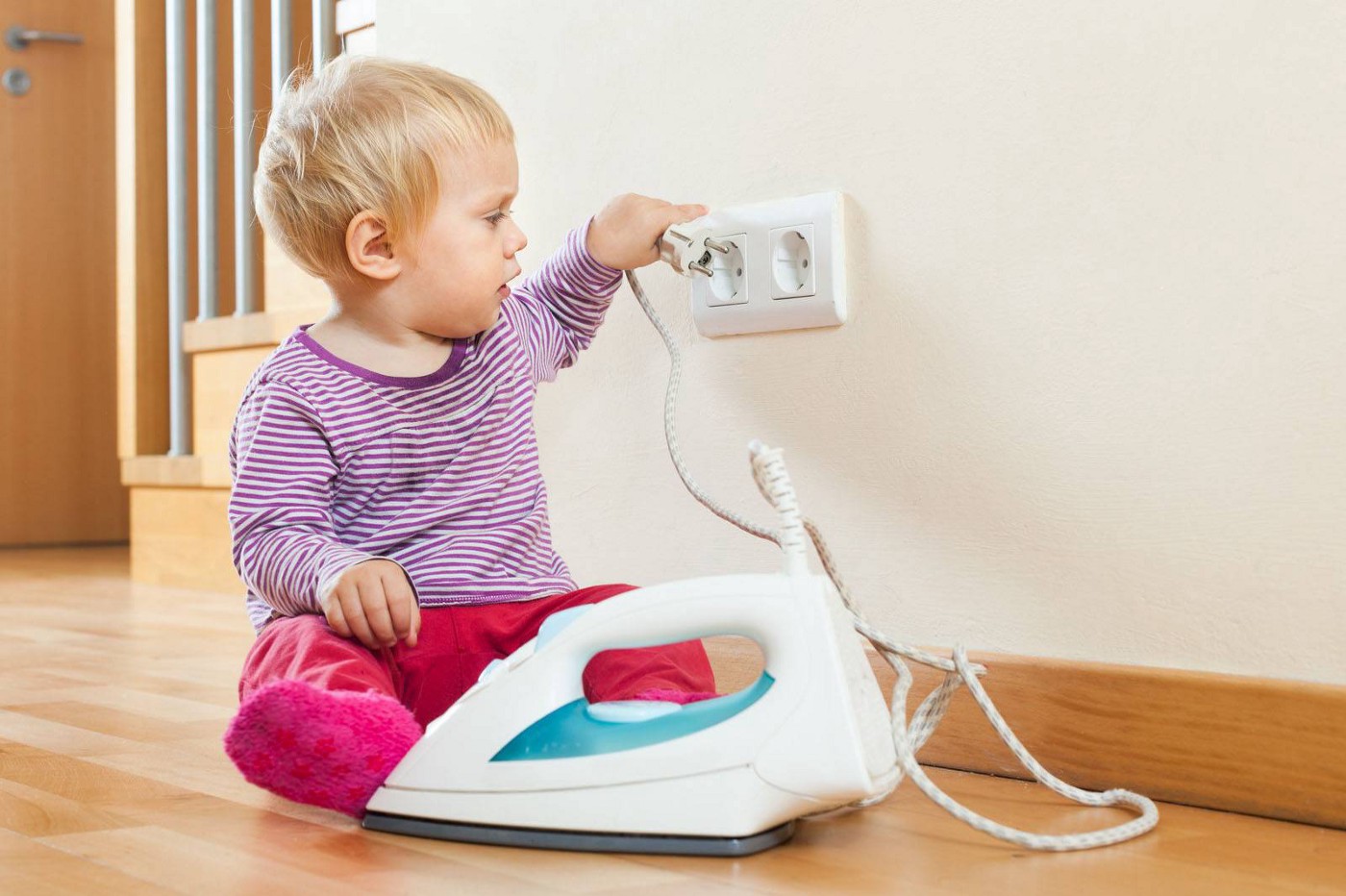3 Jenis Change Over Switch (COS), Saklar Transfer Beban dalam Kelistrikan

Change Over Switch (COS) adalah salah satu komponen yang penting dalam sistem distribusi daya listrik. Meskipun nama alat ini masih kurang dikenal, namun jangan salah, COS ternyata punya peran yang cukup vital. Mau tahu selengkapnya tentang Change Over Switch? Mari simak di pembahasan berikut ya.
Apa itu Change Over Switch (COS)?
Change Over Switch (COS) adalah sakelar yang digunakan untuk memindahkan sumber daya listrik dari jaringan utama (PLN) ke jaringan cadangan seperti generator atau genset, dalam suatu rangkaian atau sistem kelistrikan. COS sangat penting untuk memastikan kelangsungan pasokan listrik selama terjadinya gangguan pada sumber daya utama.
Baca Juga: Pengertian Beban Listrik atau Electrical Load, Apa Saja Jenis-jenisnya?
Bagaimana Cara Kerja Change Over Switch?
Change Over Switch bekerja dengan cara mengalihkan koneksi listrik dari satu jalur ke jalur lainnya secara manual atau otomatis. Ketika terjadi pemadaman pada sumber listrik utama, COS akan segera mengalihkan daya ke sumber listrik cadangan, memastikan peralatan tetap dapat beroperasi tanpa gangguan.
3 Jenis Change Over Switch
1. Manual Transfer Switch (COS Manual)
Manual Transfer Switch adalah jenis Change Over Switch yang paling sederhana. Sesuai namanya, pengoperasian COS ini dilakukan secara manual. Ketika terjadi pemadaman listrik, pengguna harus memutar atau menggeser tuas/handle COS untuk memindahkan sumber daya. Meski terbilang mudah digunakan, tipe COS ini perlu sentuhan manusia untuk bisa berfungsi sehingga waktu responsnya lebih lama. Biasanya, COS manual digunakan pada instalasi listrik skala kecil seperti rumah tangga atau bangunan komersial kecil.
Contoh COS Manual yang terkenal adalah COS Sircover dari Socomec. Produk ini dapat melakukan pergantian manual untuk mengalihkan beban dari sumber listrik utama ke sumber cadangan dalam sirkuit daya tegangan rendah. COS Sircover Socomec dapat difungsikan pada arus 125 A hingga 3200 A dengan kapasitas sangat tahan lama untuk ketersediaan daya yang andal.
2. Motorised Transfer Switch (COS Motorized)
Berbeda dengan COS manual, Motorised Transfer Switch menggunakan motor untuk memindahkan sumber listrik. Pengguna dapat mengendalikan operasi pada COS motorized dari jarak jauh dengan menggunakan tombol atau switch yang terhubung ke motor. COS jenis ini biasanya digunakan di tempat-tempat yang memerlukan pergantian sumber daya yang lebih cepat dan efisien, seperti pabrik atau fasilitas industri.
Contoh COS Motorized yang bisa Anda temukan di pasaran adalah Socomec ATyS r yang merupakan peralatan sakelar transfer beban yang dapat dioperasikan dari jarak jauh untuk kapasitas 125 A hingga 3200 A. Alat ini dikendalikan dari jarak jauh oleh pengontrol sakelar untuk mengalihkan sumber listrik.
3. Automatic Transfer Switch (COS Otomatis)
Automatic Transfer Switch adalah jenis COS yang paling canggih dan otomatis. Tipe COS ini secara otomatis mendeteksi adanya gangguan pada sumber listrik utama dan segera mengalihkan daya ke sumber listrik cadangan tanpa perlu sentuhan manusia. Ketika sumber daya listrik utama kembali normal, switch ini akan mengembalikan sumber listrik ke posisi awal. Automatic Transfer Switch biasanya digunakan di tempat-tempat kritis seperti rumah sakit, data center, atau fasilitas yang tidak boleh mengalami downtime.
Anda dapat menemukan COS otomatis ini pada produk Socomec di seri ATyS t M dan ATyS g M. Kedua seri produk COS Socomec ini memiliki kapasitas operasi mulai dari 40 hingga 160 Ampere. Sakelar ini dapat memberikan respons yang cepat saat terjadinya pemindahan beban listrik di intsalasi tegangan rendah dengan sistem pemrograman yang aman.
Manfaat Menggunakan Change Over Switch
Dengan adanya Change Over Switch, Anda dapat memastikan pasokan listrik tetap berjalan meskipun terjadi pemadaman pada sumber daya utama. Perangkat ini juga dapat mencegah kerusakan di peralatan yang diakibatkan oleh adanya gangguan listrik mendadak. Selain itu, COS juga mengurangi downtime dan menjaga kelancaran operasional, terutama di fasilitas yang kritis seperti rumah sakit, pabrik, dan data center.
Powered by Froala Editor

Penggunaan Change Over Switch dalam Industri
Penggunaan COS dapat ditemukan di rumah sakit sebagai alat yang digunakan untuk menjaga operasional peralatan medis yang krusial selama pemadaman listrik. Tidak hanya itu, di pabrik dan industri pun biasanya COS dipasang untuk memastikan mesin-mesin produksi tetap berjalan tanpa gangguan dan menjaga produktivitas. Terakhir, di pusat data atau data center, COS digunakan untuk menjaga kelangsungan operasi server yang menyimpan data penting sehinga risiko kehilangan data dapat dicegah.
Baca Juga: 7 Peralatan Distribusi Listrik Tegangan Menengah, Ada LBS Hingga Trafo
Pertimbangan dalam Memilih Change Over Switch
Saat memilih COS, beberapa faktor yang perlu dipertimbangkan adalah kapasitas daya, jenis beban listrik yang akan dialihkan, serta kecepatan dan metode pengalihan daya. Pemilihan COS yang tepat harus dipertimbangkan berdasarkan kebutuhan yang spesifik agar kapasitas COS sesuai.
Masing-masing jenis COS yang telah dijelaskan di atas tentu memiliki kelebihan dan kekurangan yang dapat disesuaikan dengan kebutuhan Anda. Dan dalam hal ini, Socomec sebagai solusi otomasi industri memberikan Anda pilihan Change Over Switch dengan kapasitas perangkat yang lengkap serta perlengkapan pendukung lainnya untuk pemasangan dan penyesuaian.
COS manual Sircover, COS motorized ATyS r, dan COS otomatis ATyS t M serta ATyS g M adalah bagian dari Change Over Switch Socomec yang andal serta telah teruji dan tersertifikasi memenuhi standar keselamatan.
Change Over Switch adalah komponen penting dalam menjaga keandalan dan keamanan pasokan listrik. Dengan memilih dan menginstal COS dari Socomec, Anda dapat memastikan operasional yang efisien dan tanpa gangguan, serta kokoh dan tahan lama. Dapatkan rangkaian lengkap Change Over Switch Socomec hanya di Mitra Cipta Hardi Elektrindo dan Hokione, tempat belanja alat elektrikal dan mekanikal dari distributor resmi.
Powered by Froala Editor
Related News



